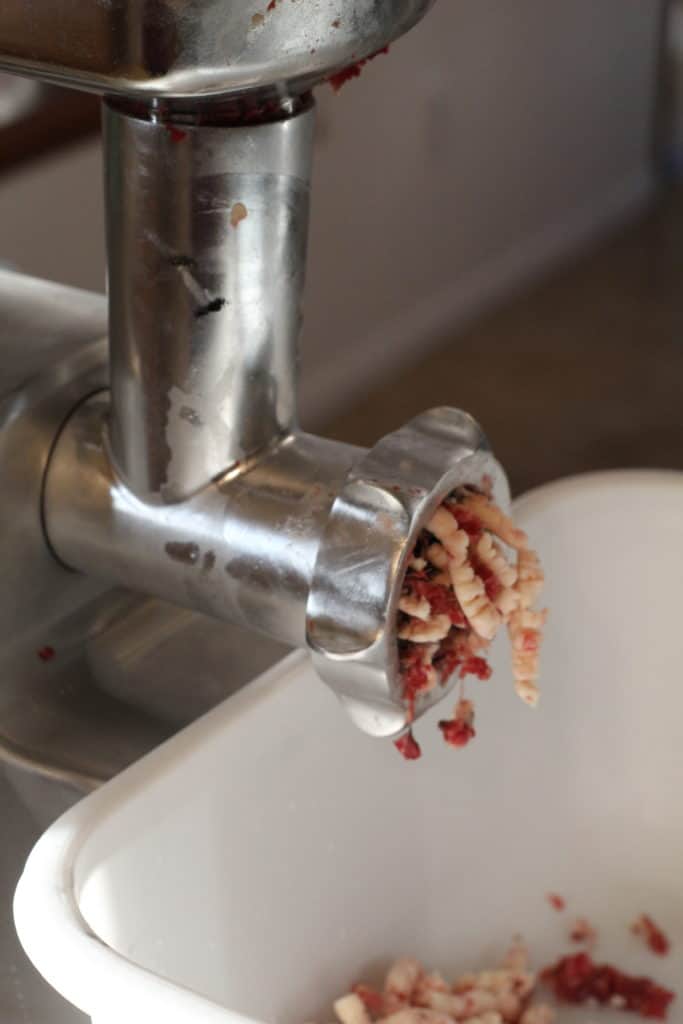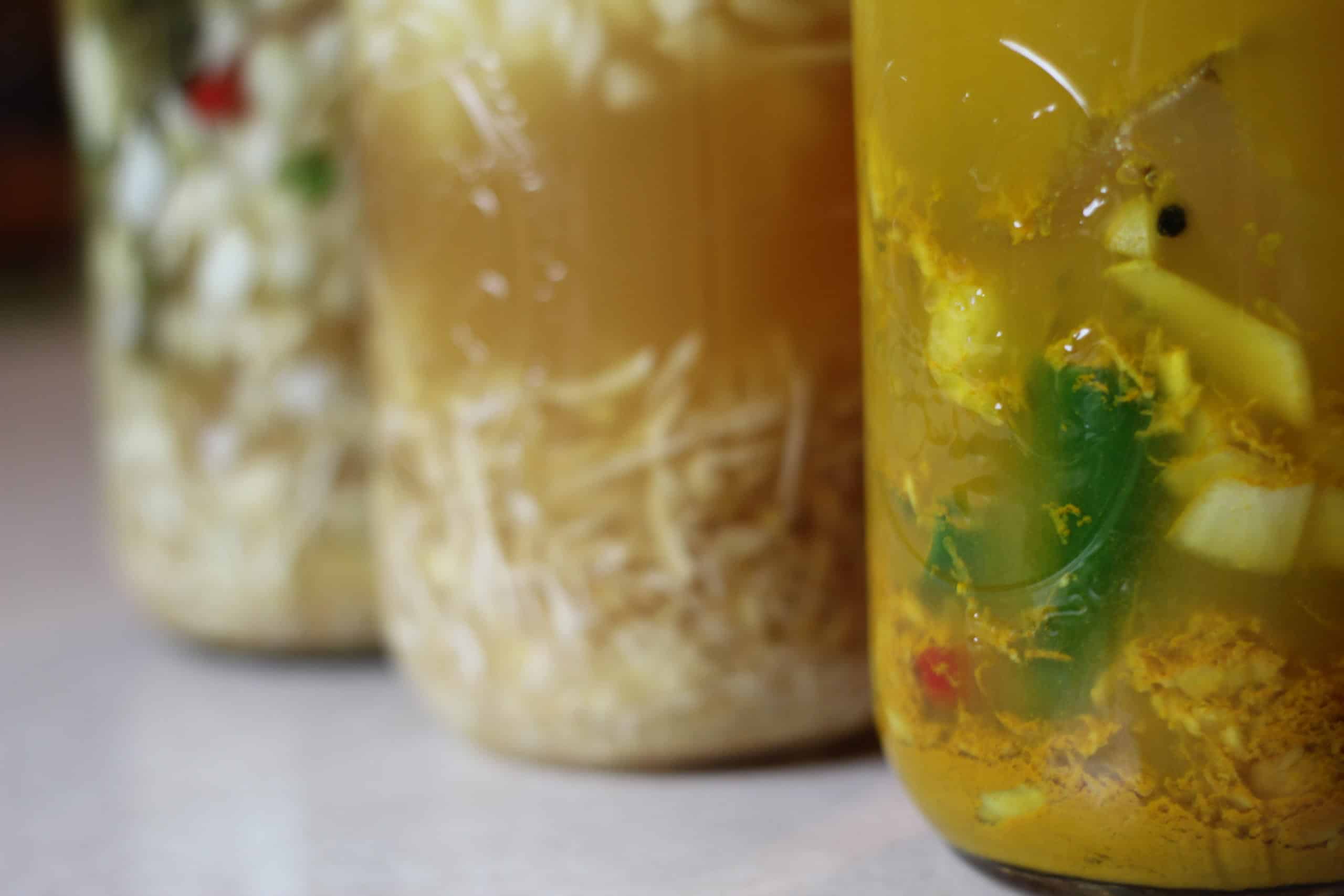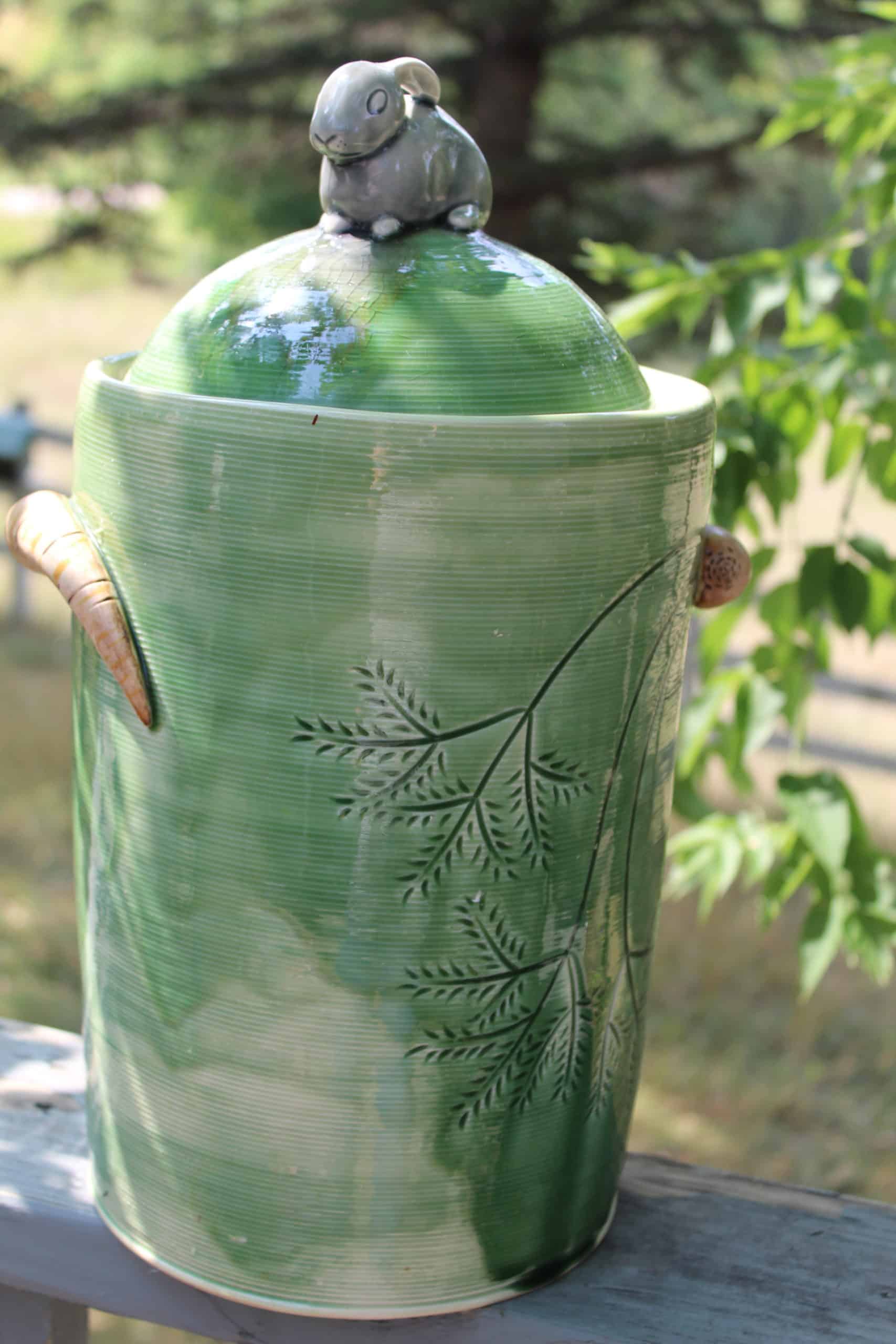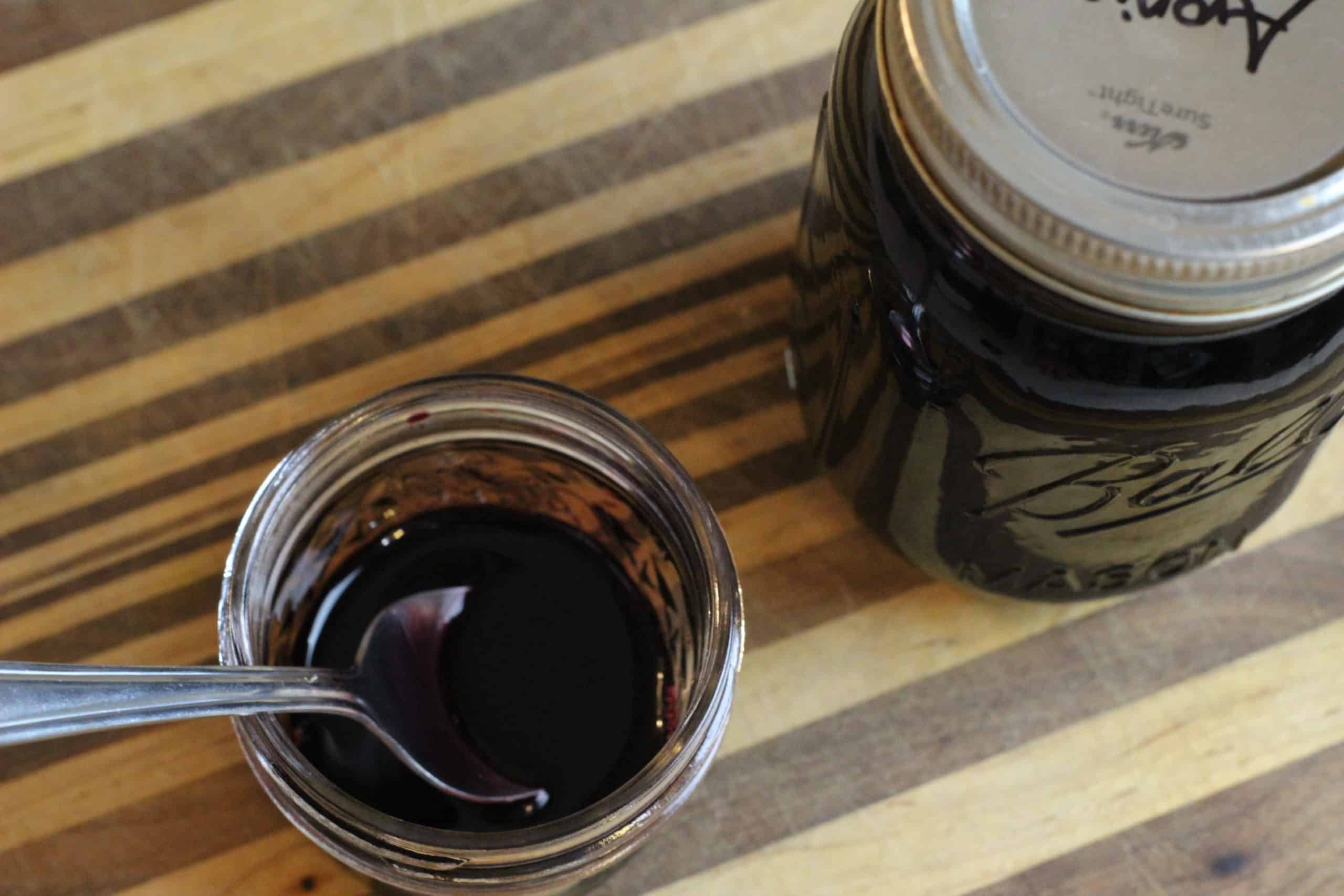How to Render Tallow
After processing our dairy steer we had plenty of tallow that needed to be rendered. Here’s how you can render tallow.
What is Tallow?
Tallow is fat that comes from cows, goats, or sheep. Typically once it is called “tallow”, that means it has been rendered. Rendering is the process of melting and purifying the fats so they become shelf stable and can be used for cooking, skin care products, etc.
What is the difference between Tallow and Lard?
Lard is fat that comes from pigs and tends to be a softer consistency. Lard is more commonly used in cooking than tallow is.
Tallow comes from ruminant animals like cows, goats, sheep, etc.

How do I use tallow?
Tallow has many uses both nutritionally and cosmetically.
Like any oil, it can be used in cooking. It has a very high smoke point of over 400 degrees F which makes it great for high heat cooking or frying.
Because of its hard consistency, tallow has been used to make candles and soaps for centuries.
You can also use tallow to make creams, balms, and body butters.
What are the benefits of tallow?
Tallow is made up of very similar fatty acids to our own skin. This allows for easier absorption when used as a moisturizer, cleanser, etc.
It is also full of fat soluble vitamins such as A, D, E, K, and B12. Fatty acids are important for brain health and development.
We know now that natural, minimally processed fats are actually good for our health in moderation. Tallow can be a part of this healthy fat picture.
Where can I get tallow?
Tallow can be purchased for fairly cheap from local processors. The downside to buying tallow this way is you might not know how the animal was raised and cared for. Grass-fed tallow is what you should be looking for.
Check in with farmers who raise grass fed beef. They might have some available.
If you are purchasing beef direct from a farmer, make sure you let the processor know you would like the tallow. There might be an extra cost to having it ground but I think it is well worth it.
If you’d like to learn more about where our tallow came from check out this post about processing our steer on-farm.
What do I need to render tallow?
It doesn’t take much to process tallow at home.
- Fat from a ruminant
- Crock pot or large stock pot
- Water
- Salt
- Large bowls with flexible sides
- Cheesecloth
- Ladle or measuring cup, something with a handle and scoop
- Mason Jars with lids
- Strainer
How to Render Tallow
In the past I have always rendered lard and tallow with the dry method. I simply tossed it in a crock pot and let it cook down.
The biggest negative to using the dry method is that you can get scorching.
The wet method also is said to yield a whiter, less meaty smelling end product.
A fellow blogger, Marissa over at Bumblebee Apothecary has a very popular post about using the wet method to render tallow. I decided to try it out!
Preparing the Fat
First, clean up the fat as best as you can. Slice away any meat that may still be attached.

Next, the fat should be cut or ground into as small of pieces as you can manage. This will allow the fat to melt down more quickly. I find that it is best if the tallow is cold but not frozen for this step. It is much easier to handle
If you are slicing the pieces into chunks by hand, please be careful. The fat is very slippery and it is easy to lose the grip on your knife.
I chose to use our meat grinder to process the tallow. It was tedious for sure but it definitely helped speed up the melting.

Rendering the Fat
Place all the fat into a crock pot. I kept mine at around 200 degrees F.
Add water and salt to the pot. For this size roasting pan I used 1/3-1/2 a cup salt. Kosher or table salt seem to work fine.
For this large size crock I added about one gallon of water.

Heat the fat for several hours. Mine took about ten hours to completely melt down. Stir it as you go about your day.


Once it looks like the photo above, you are good to go.
There will be some bits at the bottom that simply won’t render down. They can be fed to pigs, chickens, etc. What a treat!

Filtering Tallow
Next, pour the tallow into bowls through a cheesecloth lined colander or other mesh filter. Once you start this process, plan to finish it in one sitting. The tallow will harden when cool and you will have a heck of a time getting it to filter if you start and stop the process. I toss out the cheesecloth after. It’s not worth trying to clean it.

Allow the tallow to cool. Use this time to clean out the crock pot.
The water should separate from the fat, sinking to the bottom of the bowl.
Once the tallow is cool, pop out the chunks of tallow from the top.
There may be some gristly bits on the bottom or a grayish color. Scrape that away with a knife or cloth.
Feed the water to your pigs or chickens or toss it in the yard. I don’t recommend pouring it down the drain as it will likely have some fat content in it still.
Next, add the chunks of tallow back into the clean crock pot.
Again add water and salt, same amounts. Melt it down again. This time it only took mine about 2-3 hours to melt completely.

Once melted down, repeat the process of filtering it into bowls.
Again, the water should separate out to the bottom.
At this point you can remove the tallow discs, wipe or scrape any dark color, and store. Or you can filter it again as many times as you want.
Storing Rendered Tallow
To store, you can melt down the tallow in a double boiler and pour it into mason jars. You can also just chunk it up and put it into jars, but you maximize space by melting it first.
Once melted, let it sit for a few minutes to see if any remaining water will separate out. Pour the oil from the top of it and discard the water outside.

How long will tallow stay good?
Tallow can last almost indefinitely in the fridge or freezer. Stored on the countertop would be fine for a week or two, a cold basement or root cellar for a month or more.
Pin it for Later







